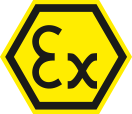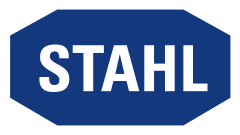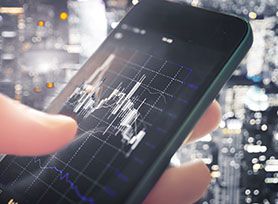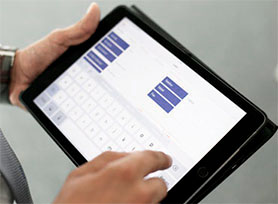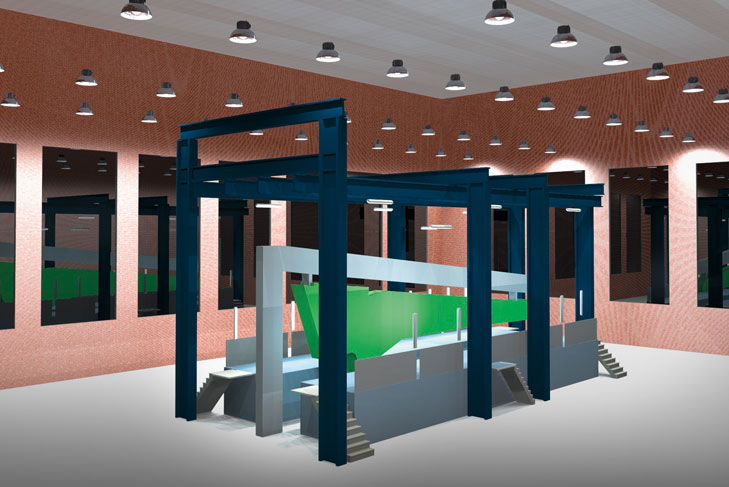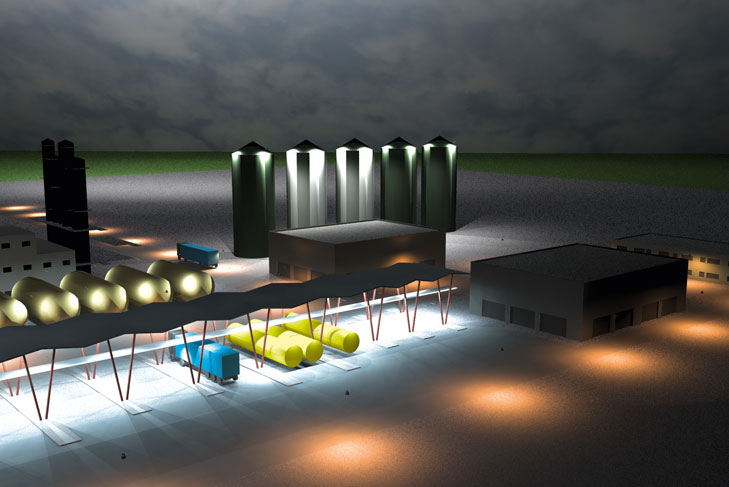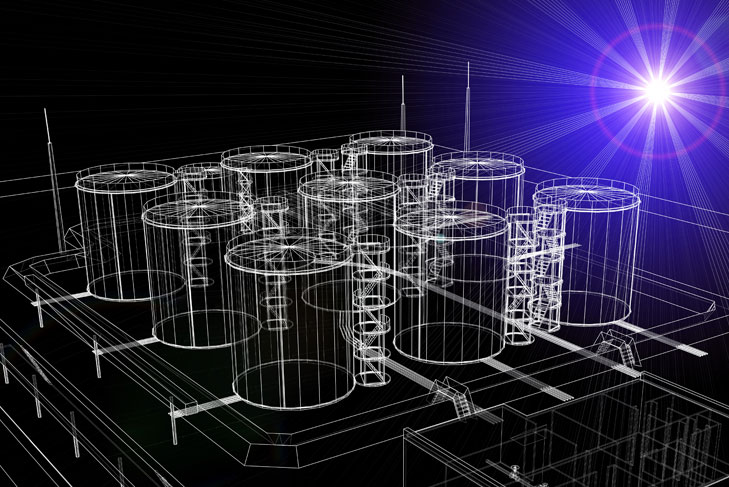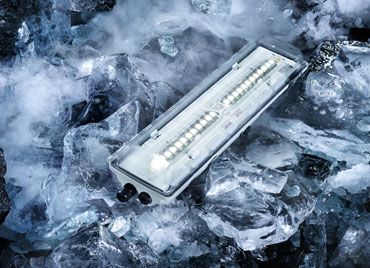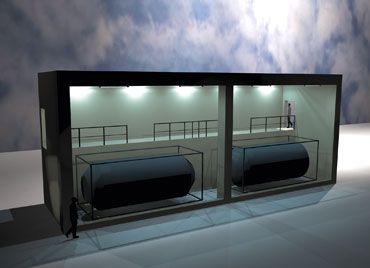Digital light management in hazardous areas with DALI
LED technology and digitalisation has changed the future. Central intelligent lighting control is now a key fixture in modern building management. Yet, there is still a long way to go for hazardous locations. R. STAHL has taken the next step along this path. This leap comes from integrating a DALI into LED light fittings. Now R. STAHL is one of the first suppliers to offer modern lighting management in hazardous areas.
DALI stands for Digital Addressable Lighting Interface. Unlike many other acronyms, this name captures the enormous potential of this technology in a nutshell – DALI enables individual lights and entire lighting systems to be digitally networked, switched, controlled and monitored. Adjust lights to suit a range of ambient, weather or working conditions. Identify, log and manage upcoming work, light temperature and a range of other parameters in a central location. Save energy and money with automation. The applications of DALI for industrial use are numerous.
The chosen lights get equipped with a DALI bus. A central DALI Master in an external location then controls all these lights.
DALI is also suitable for use as a digital interface and lighting control panel. This allows control of electronic operating units such as ballast units. The data from this method is then transmitted using DALI BUS 24 V DC.
Find out more about smart light across entire hazardous areas in the following article.
DALI FAQS
What exactly is DALI?
The DALI protocol is an installation bus system and a digital interface language. This is used to manage and control lighting systems and their components.
Is DALI suitable for hazardous areas?
DALI-compatible light fittings from R. STAHL are perfect for use in hazardous areas. In fact, they are among the limited number of products on the market that have this capability.
How many DALI devices can be connected per DALI Master?
Up to 64 DALI devices.
Is DALI compatible with other devices?
The DALI2 standard guarantees compatibility with most typical market devices. The DALI standard is intended to safely control basic and standard functions.
Can DALI be retrofitted?
In theory, yes. However, for this to be possible, each individual light fitting must be equipped with two cables in order to establish a connection to the master.
What advantages does DALI offer?
The most important benefits are increased safety, significant cost and time savings thanks to a longer service life with less maintenance work, and comprehensive records of lighting in hazardous areas. And these are just a few of the benefits! Automation, bidirectional interfaces and many more round up a comprehensive feature set.

Look forward to a bright future!
Modern, networked light management with DALI makes sense. Its reliable lighting offers increased safety, reduction of integration times and large cost savings.
The features at a glance:
- DALI is suitable for hazardous areas and guarantees a secure interface.
- DALI enables central control and monitoring for individual light fittings and entire lighting systems.
- DALI makes lighting intelligent and minimises light pollution.
- DALI is already established in markets around the world.
- With DALI, lighting in hazardous areas has become digital, automated, future-oriented and modern.
- Wireless control possible.
- Bidirectional interfaces for switching and dimming.
- Log process for recording operating time, status and other parameters.
- Significantly more efficient maintenance.
- Longer service life for light fittings.
- DALI devices are compatible with LED light fittings from R. STAHL.
- Up to 64 DALI devices can be addressed per DALI Master.
DALI makes lighting in hazardous areas smart!
Thanks to the DALI protocol, lighting in hazardous areas can be controlled and monitored entirely independently of its location and across multiple devices. On a PC, smartphone or tablet, using an app or online, DALI allows you to be independent, without restrictions on your time or location.
You can access all data and protocols related to your networked lighting at any time online using http or using an app (iOS/Android). The latter option is especially practical if, for instance, you are currently working with your lighting system and need to adjust the lighting in your current location to meet your needs. Furthermore, DALI technology is compatible with a variety of software solutions from other providers. The options are never-ending.
Make your lighting in hazardous areas future-proof.

